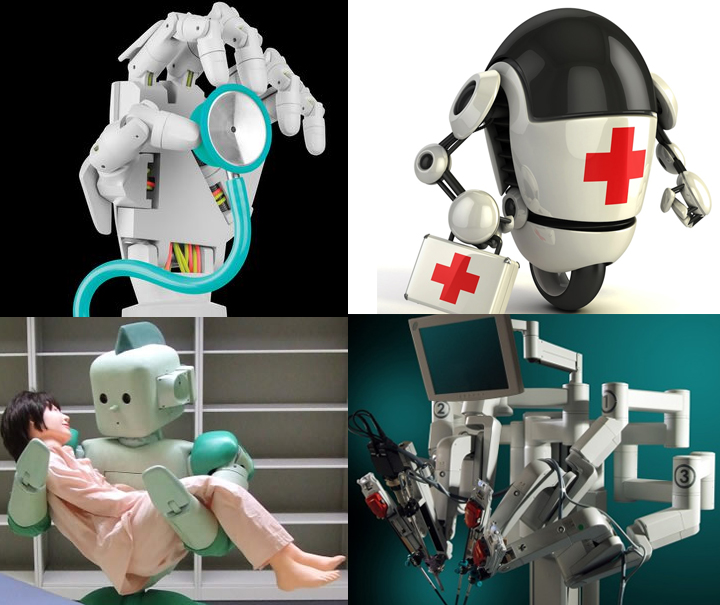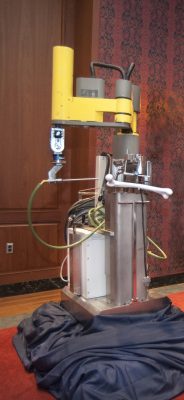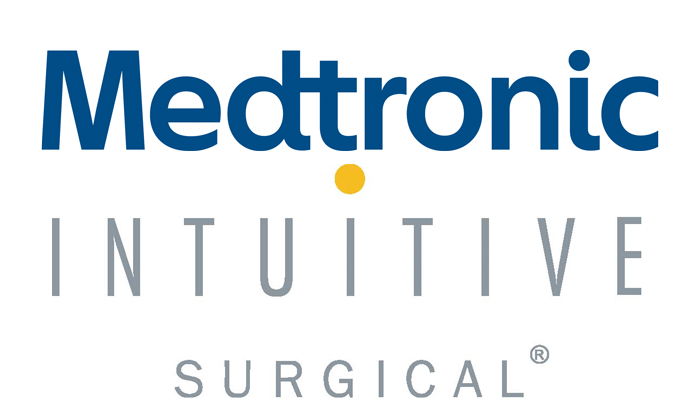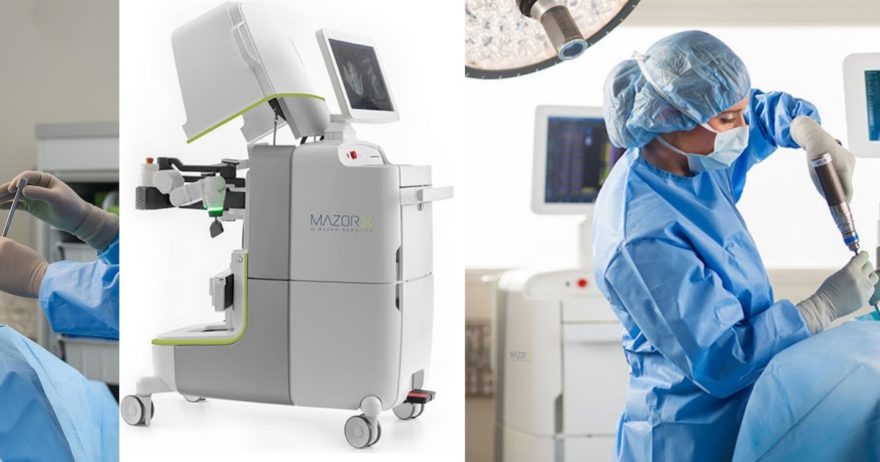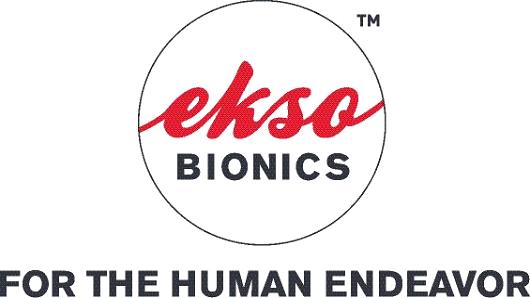November 21, 2016
BOULDER, Colo.–(BUSINESS WIRE)–As the world’s population ages, and with an increasing shortage of physicians and other healthcare professionals, robots will be a growing presence in the healthcare system. At the same time, healthcare providers are attracted to robots due to their ability to reduce the cost of care, offload menial tasks from human personnel, improve the accuracy of repetitive tasks, and enable enhanced forms of therapy and rehabilitation, among other types of use cases. According to a new report from Tractica, healthcare robots deployed in the years ahead will include surgical robots, hospital logistics robots, disinfectant robots, nursing robots, exoskeleton robots used for rehabilitation, robotic prosthetic limbs, and many other potential robot types.
Tractica forecasts that healthcare robot shipments will increase from approximately 3,400 units annually in 2016 to more than 10,500 units per year by 2021. During that period, the market intelligence firm anticipates that revenue for healthcare robots will grow from $1.7 billion in 2016 to $2.8 billion by 2021.
“More than 200 companies are already active in various aspects of the healthcare robotics market,” says principal analyst Wendell Chun. “These industry players are creating highly specialized devices for a wide range of applications, and the use cases will continue to expand as costs decline and healthcare providers recognize the early successes of robots in supporting high-quality care and a range of ancillary services.”
Tractica’s report, “Healthcare Robotics”, analyzes and forecasts the global market for healthcare robots, including surgical, rehabilitation, and hospital robots. Market sizing and forecasts include unit shipment and revenue, segmented by world region, application market, and enabling technologies. The report includes more than 80 profiles of key players in the healthcare robotics sector. An Executive Summary of the report is available for free download on the firm’s website.
About Tractica
Tractica is a market intelligence firm that focuses on human interaction with technology. Tractica’s global market research and consulting services combine qualitative and quantitative research methodologies to provide a comprehensive view of the emerging market opportunities surrounding Artificial Intelligence, Robotics, User Interface Technologies, Wearable Devices, and Digital Health. For more information, visit www.tractica.com or call +1.303.248.3000.
Contacts
Tractica
Clint Wheelock, +1-303-248-3000
press@tractica.com

